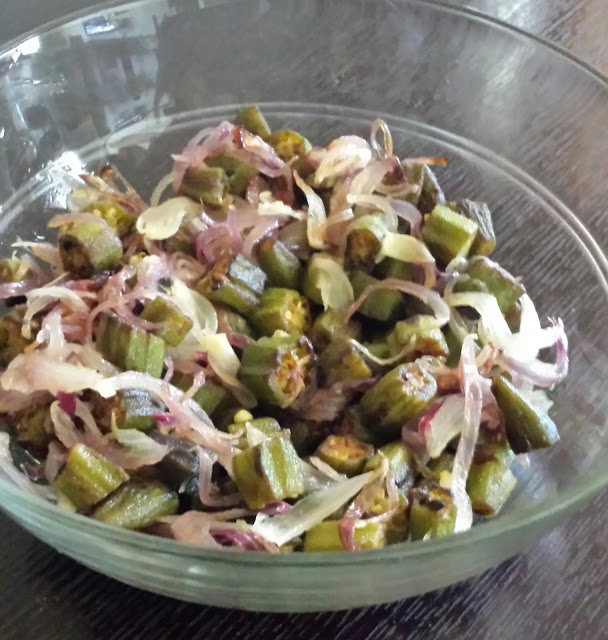A popular breakfast choice in large parts of North India, parathas are typically eaten with pickle, raita and chutney. The good part about parathas is that they can be eaten either hot or cold, which is why they are often the preferred choice for lunch boxes, picnics or long distance travel.
There are a wide variety of parathas but the most basic ones are plain parathas and stuffed parathas. Among stuffed parathas the most popular one no doubt is aloo ( potato) paratha. However, today I am sharing the recipe for Mooli Paratha. Mooli is one vegetable that might not be liked by many but Mooli Parathas are irresistible. Spices are added to grated mooli and layered in between two chapatis, which is then placed on a heated tava, smeared with oil and cooked till golden.
One useful tip while preparing Mooli Paratha... sprinkle salt on the grated mooli and squeeze out all the water after a couple of minutes. If you do not do this, the juice from the mooli will ruin the parathas. The water thus removed can be utilized in kneading the dough in case you do not like to throw it.
Ingredients:
2 cups wheat flour
1 cup grated mooli ( radish)
1 tbsp chopped onion
1 tsp jeera ( cumin seeds)
1/4 tsp red chilli powder
1/2 tsp amchur powder ( dried mango powder)
Salt to taste
1/2 tsp garam masala powder( optional)
1 green chilly, finely chopped ( optional)
Coriander leaves, chopped
Few tbsps ghee or oil
Method: Sift the wheat flour and knead into a soft dough using sufficient water. Peel and grate mooli. Sprinkle salt over the grated mooli and chopped onion and leave aside for few minutes.
Squeeze out the water from mooli and onion and keep aside Now add chopped coriander leaves, chopped green chilly, red chilly powder, amchur powder, garam masala powder and jeera. Mix well.
Take a lemon sized portion of the dough and roll out into a circle of about 5 inch diameter on a floured board. Place the prepared mooli mixture on top.
Roll out another circle of equal size and place on top of the mooli mixture. Using finger tips seal edges and press the two rounds gently so that they come together. Using the rolling pin, roll out the stuffed Mooli Paratha to the full size of about 6 to 7 inch diameter.
Warm a tava and place the paratha. When one side is cooked, flip to the other side. Apply oil or ghee on the cooked side and flip to apply ghee on the other side too. When both sides are nicely browned, remove on to a plate.















